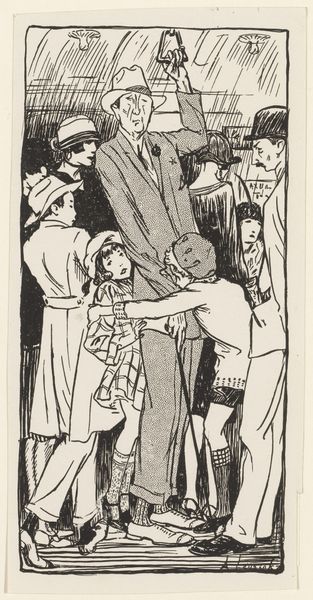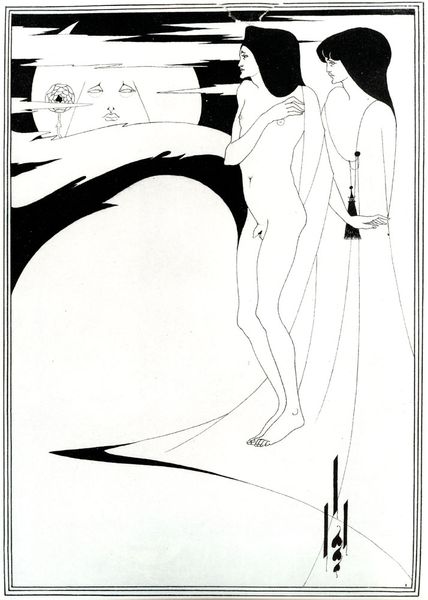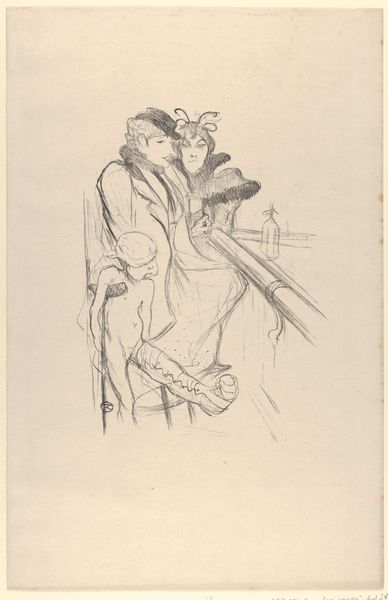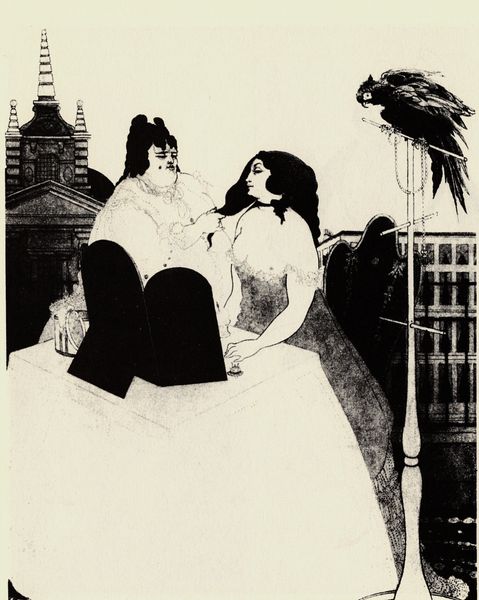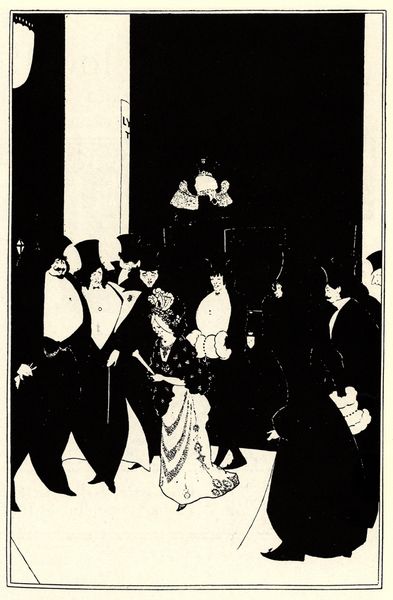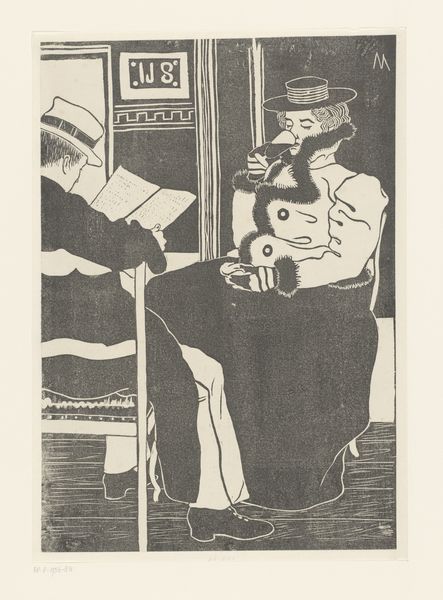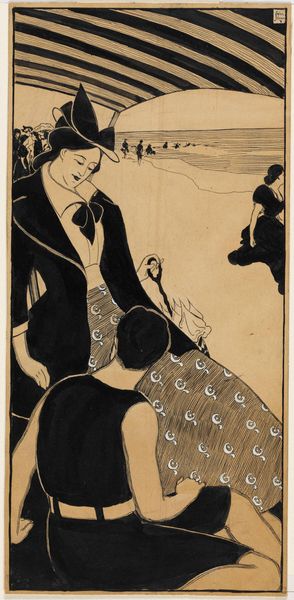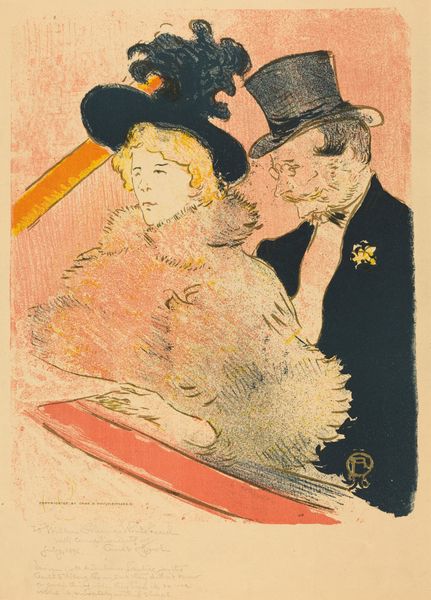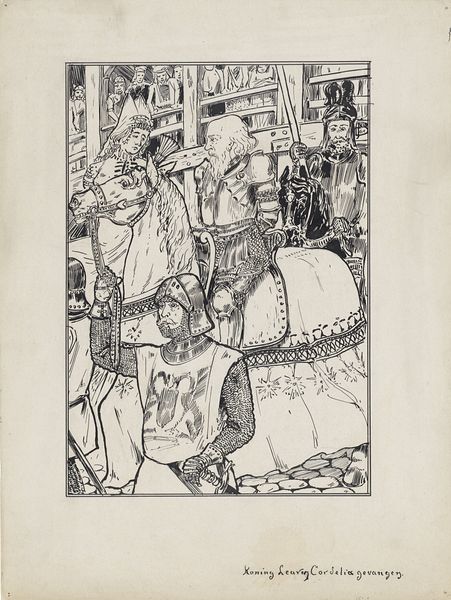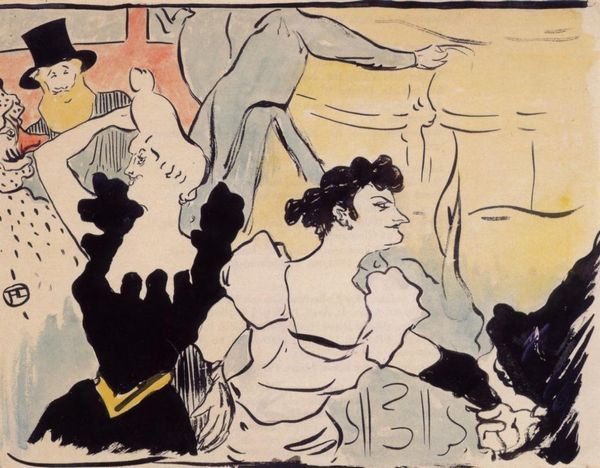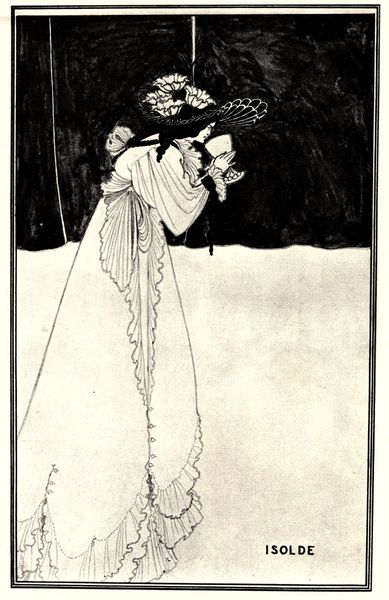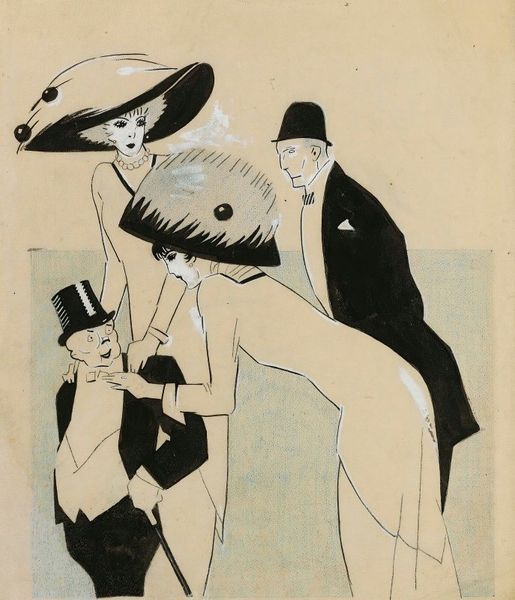
Dimensions: 27.31 x 37.8 cm
Copyright: Public domain
Curator: Here we have Mary Cassatt’s 1891 etching and drypoint print, "In The Omnibus." Editor: It feels very...observational. Unsentimental, almost stark, despite the intimate subject of mothers and children. The stark blacks and whites, those rigid lines... it's quite different from her paintings. Curator: Absolutely. As a print, it democratized her art, bringing images of modern women into a broader public sphere. Note how it places women in public, urban environments rather than traditional domestic settings, reflective of changing roles. Editor: The lines are almost brutal in their simplicity. Look how they define the figures. Not soft or blended as you'd expect from Impressionism, more analytical, angular even. Curator: Right, the lack of idealization is key. These are real women, experiencing the everyday realities of city life. This scene reflects the increasing visibility and agency of women in Parisian society, using public transport and engaging with the urban landscape. Editor: The composition itself feels so carefully constructed. The three figures arranged almost in a pyramidal structure, the echoing of circular forms, that dark vertical bar segmenting the background. Curator: Precisely. Cassatt employs compositional strategies effectively, like framing the scene through the omnibus windows. That is to say, it calls attention to seeing and being seen, a central theme of modern urban life. Editor: It is stark, and it does convey an air of the new woman; modern, independent, but within this artistic rendition the absence of color amplifies this. The pure, distilled essence of form becomes the emotional carrier. It's an image that lingers. Curator: I agree. Seeing Cassatt address new spaces gives this work an entirely different perspective than expected. A silent conversation of gender roles in transit during its time, with the essence still visible today.
Comments
No comments
Be the first to comment and join the conversation on the ultimate creative platform.
